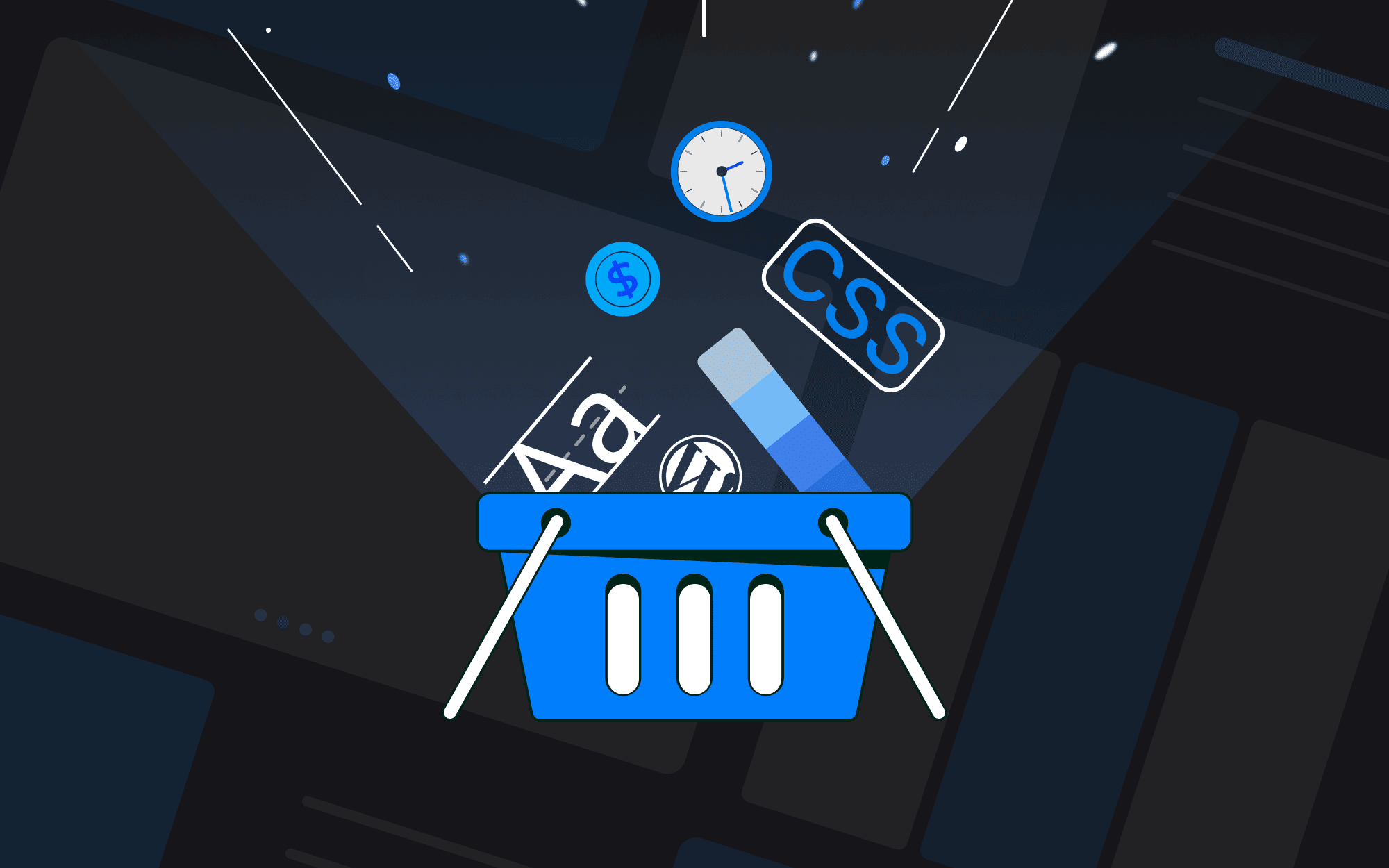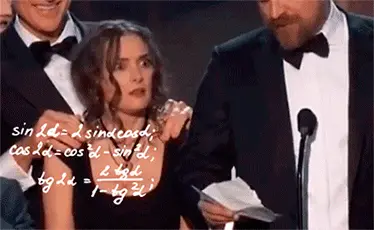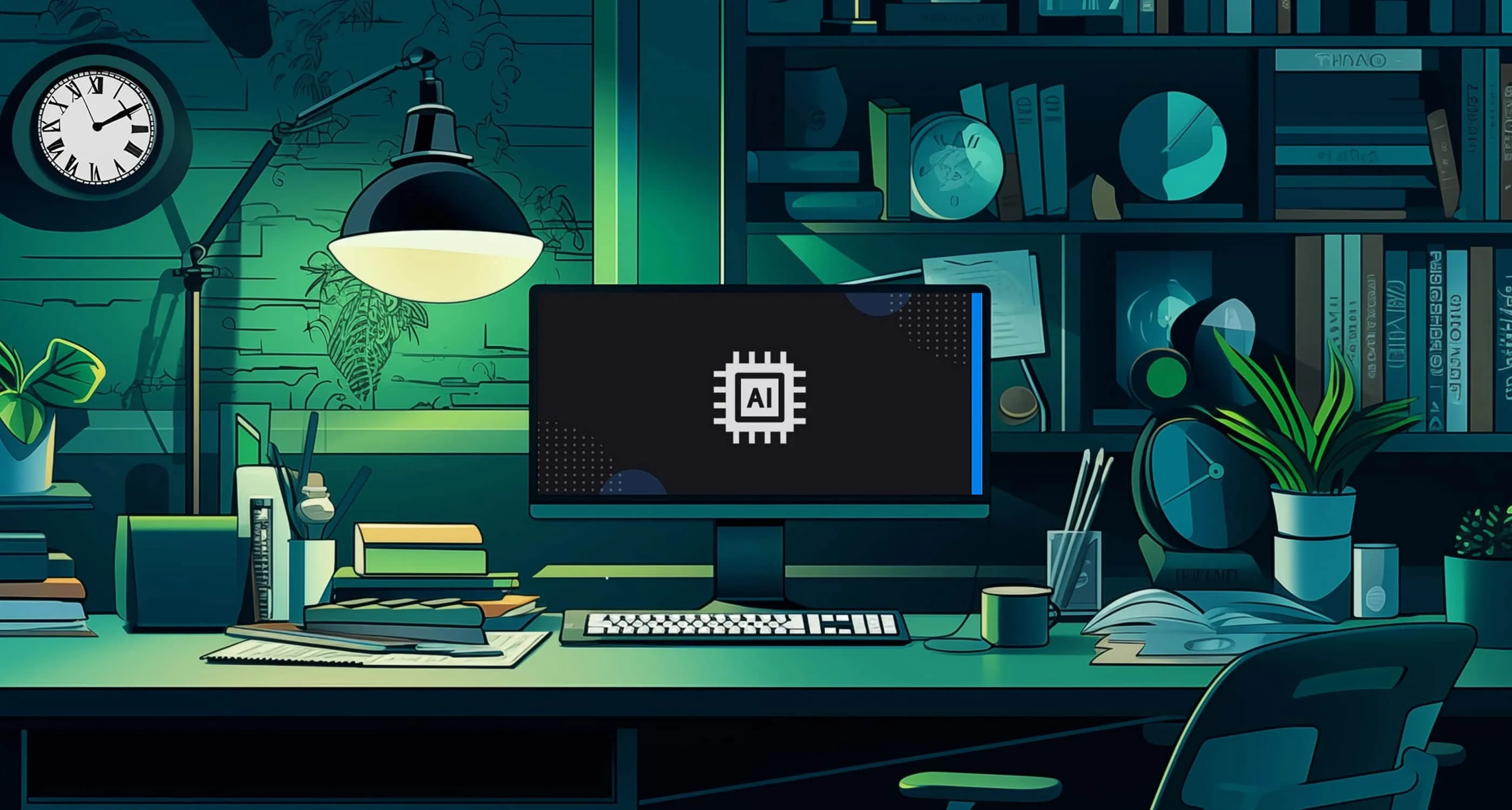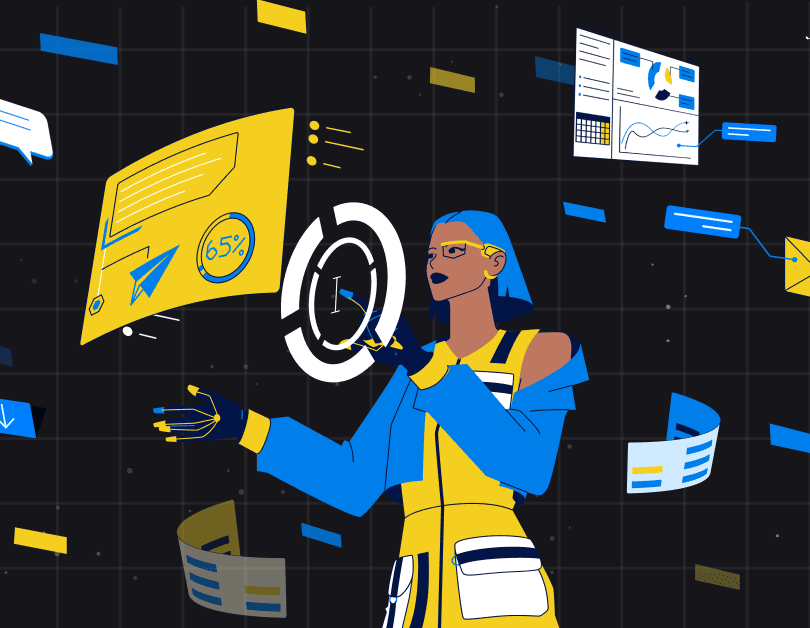
Breaking down the price of your website
Standing out in today’s digital landscape requires more than just an online presence; it demands a strategic, cohesive investment to ensure you’re reaching your audience with the right messaging, at the right time and place. If you’re working on your 2024 marketing budget, you may be wondering… “how much does a website cost?”
Calculating the cost of a new website isn’t as simple as applying a one-size-fits-all price tag. It involves considering specific factors that impact the overall cost, including the volume of content, your project’s timeframe, and the complexity of unique features. In this article, we’ll break down all the factors so you know where you stand and what to expect when it comes to the cost of a new website.

The Breakdown
Before we get into the dollars and cents, let’s examine the factors that determine pricing. Here are seven questions to help us all arrive at a ballpark cost.
- Existing vs. New: Are you looking for a brand new site or a refresh?
- Unique Pages: Do most of the pages follow unique layouts?
- Branding: Will you keep the existing brand or is a refresh in order?
- Content: How much current content will be reused and who’s drafting the new material?
- Core Site Functionality: What features and third-party integrations are essential?
- Advanced/Experiential Modules: Are immersive experiences like 3D models or augmented reality a priority?
- Timeline: Is there a rush or a more extended timeframe?
Existing vs. New
Choosing to create a brand new site is much like building a new house. It’s a fresh start that allows for a complete reimagination of design and structure. This option is ideal for those without a website or those undergoing a significant brand transformation. While building from the ground up can require a higher initial investment in time and resources, the payoff comes in the form of a website tailor-made for your current brand, with a fully modernized front end and back end.
On the other hand, refreshing an existing website is like renovating a house. It retains the essence and familiarity of the original, with strategic updates to enhance its appeal and functionality. A refresh makes sense for brands that are budget-sensitive or those who prioritize specific sections or features that need updating. The turnaround time for a refresh is typically shorter than a complete rebuild.
Both a ground-up build and a refresh can lead to positive PR and buzz for your brand. Just ask our friends at UDig NY!
Unique Pages
It’s not necessarily the amount of content or the overall number of pages that influence the scope, but rather the number of unique page layouts and modules. Some websites have hundreds of pages but follow only a few layouts. Conversely, some sites with fewer pages offer a wide variety of unique designs.
Branding
Your website echoes your brand’s voice. For brands with an established identity, translating this voice into the digital realm will likely be a smoother process, requiring fewer brainstorming sessions and iterations. If you don’t have a clear design roadmap, or your brand is feeling stale, a refresh may be needed, which comes with additional effort and investment.
Content and Media Assets
Content and media assets are the heartbeat of any website, serving as a powerful storytelling tool that connects a brand with its audience. While some businesses might repurpose what they already have, others need fresh narratives. Together, we’ll identify how much of the existing content will be carried over and who’s responsible for new content. We’ll also help select the videos, photos, and animations that should be included in the new website. You’ll want to budget for any new videography or photoshoots, stock image or illustration purchases, or other visual asset investments like 3D models.
Core Site Functionality
A website’s functionality is the central “engine” and can vary widely in terms of complexity. From simple contact forms and analytics tracking to complex third-party data integrations and e-commerce features, your website’s functionality should be built according to your particular needs and preferences.
Core site functionality, including backend functionality that’s invisible when navigating the site, impacts the experience for both users and website administrators.
Advanced/Experiential Modules
Incorporating cutting-edge elements like Artificial Intelligence, Augmented Reality, or custom modules will inevitably impact the project’s cost. Whether you’re aiming for innovative interactive elements or seeking to establish a robust informational platform, understanding your vision will influence the design and development process.
Timeline
Expedited timelines demand increased resources, translating to a higher price bracket. Extended timelines, on the other hand, allow for a more detailed, phased approach. The size and complexity of the website also impact the timeline; the larger and more complex, the longer it will likely take.
It’s really best to think of your website not as a “cost” but rather as an “investment.”
Website Pricing Tiers
Every business and brand is unique, with its distinct set of challenges, requirements, and aspirations. The same applies to website design and development; there’s no one-size-fits-all price. Our pricing tiers are designed to give you a general idea of what to expect based on common scenarios and requirements we’ve encountered.
Your specific needs, combined with our expertise, will help determine the most accurate quote for your project. Although we must talk through your unique needs before arriving at a specific price point, here’s a look at three general levels:
| Tier 1 | Tier 2 | Tier 3 | |
|---|---|---|---|
| Existing vs New | Minor Edits | Leverage Existing | Starting from scratch |
| Unique Page Layouts | 3 – 5 | 5 – 10 | 15+ |
| Branding | Well defined | Partially defined | Starting from scratch |
| Content & Media | Client Responsible | Combined effort | Agency Responsible |
| Functionality | Simple | Average | Complex |
| Advanced Modules | 1 – 2 | 3 – 4 | 5+ |
| Timeline | ~2 months | 3-4 months | 6+ months |
| Cost | 15-25K | 25-75K | 100K+ |
Disclaimer: This pricing chart is only to be used as an educational reference point for how Makeway approaches website pricing. Makeway reserves the right to price each website project on an individual basis and does not guarantee that the pricing will match the exact specifications of the chart.
Tier 1: Simple projects where the client is well prepared tend to fall into the most accessible price point. They also tend to move the quickest.
Example: A small website that includes 3 unique pages and has assets, content, and brand guidelines provided by the client. It may include one special feature and isn’t on a rushed timeline.
Tier 2: The client’s needs for unique pages, functionality, and features all fall into an average range. The client is partially responsible for assets, copy, and brand direction, but works in collaboration with our team on some of these elements.
Example: A mid-sized company, with a partially established brand, wants a new marketing website with 8 unique pages, basic functionality like contact forms and news posts, and a user-friendly CMS for future updates.
Tier 3: Complex and/or large projects fall into tier 3. These projects take the longest and require the most time from our team.
Example: A large corporation is updating its brand, shifting its website goals, and introducing a plethora of new features, unique pages, and complex functionality.
Need help deciding which tier you fall into? Play our pricing game to find out.

Making Your Website a Reality
It’s really best to think of your website not as a “cost” but rather as an “investment.”
It’s an investment that pays dividends for years to come, serving as the front door to your business and a revenue-generation tool. In our experience, a thoughtfully built website pays for itself many times over. Just ask any clients in our portfolio!
Website pricing begins with a clear understanding of your goals and a discussion of the websites you’re inspired by. We’ll talk through the factors outlined above to better understand your vision and arrive at a game plan together. Once it’s determined that we’re able to help, and that our boutique digital agency is the right fit for you, we’ll provide a detailed quote that represents the total cost of the project.
Ready to find out what your specific project will cost? Get in touch with us today and get a custom quote!


